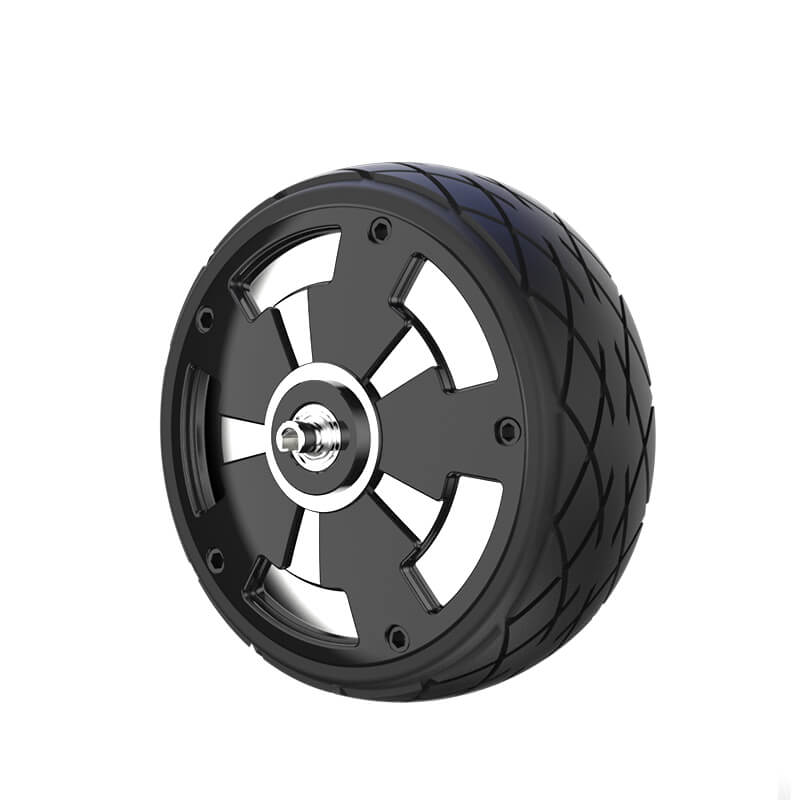Unlocking Precision and Power: Exploring the Micro Servo 9g FS90
In the realm of robotics, remote-controlled vehicles, and DIY electronic projects, micro servos have become the unsung heroes that deliver precision movement in a compact package. Among these, the micro servo 9g FS90 stands out as a popular choice for enthusiasts and professionals alike, offering an impressive combination of size, power, and versatility.

The Micro Servo 9g FS90: An Overview
The FS90 micro servo is a tiny yet robust servo motor designed primarily for lightweight applications. As its name suggests, it weighs approximately 9 grams, making it incredibly suitable for projects where space is limited or weight is critical. Whether it's a small drone, a robotic arm, or a miniature vehicle, the FS90 fits seamlessly.
This servo is typically characterized by its core features:
Size: Around 23 x 12.2 x 29 mm, making it a true miniature. Weight: Just 9 grams, ensuring minimal load on your design. Torque: Usually rated between 1.2 to 1.5 kg·cm at 4.8V, capable of powering small movements reliably. Speed: Approximately 0.12 seconds per 60 degrees at 4.8V—fast enough for most lightweight applications. Voltage Range: Generally operates between 4.8V and 6V, with some models offering slight variations.
This combination of small size and decent torque means the FS90 is well-suited for tasks that demand delicate, precise adjustments rather than brute force.
Why Choose a Micro Servo?
Choosing a micro servo like the FS90 isn't just about saving space; it’s a strategic decision rooted in several advantages:
Lightweight: Ideal for aerial applications like drones where every gram counts. Precise Movement: Suitable for projects requiring fine control — for example, camera gimbals or robotic fingers. Ease of Integration: Compatible with common microcontrollers such as Arduino and Raspberry Pi. Cost-Effective: Usually affordable, making it accessible for hobbyists and students.
Construction and Components
Diving into its construction, the FS90 micro servo typically contains:
Motor: A tiny DC motor providing rotational movement. Geartrain: Often made of plastic or metal, translating motor rotation into desired movement. Control Circuit: The internal circuitry interprets PWM signals from your controller, dictating position. Horn and Mounts: Usually supplied with a plastic horn that attaches to the servo's spline, enabling linkage to your mechanism.
Given its delicate construction, it’s important to handle the FS90 with care during installation, ensuring that the servo isn’t subjected to excessive loads or shocks that could damage the geartrain or motor.
Applications of the FS90 Micro Servo
The versatility of the FS90 makes it a go-to choice for a wide range of projects:
Drones and Quadcopters: Controlling camera angles, tilt functions, or wing flaps. Robotics: Actuators for small robotic arms or humanoid robots requiring subtle movements. Remote-Controlled Vehicles: Steering linkages or small-scale suspension systems. Educational Projects: Perfect for students learning about electronics and control systems. Model Making: Used in architecture models or miniature landscapes to animate features.
The lightweight characteristic makes it particularly advantageous in aerial robotics, where minimizing weight helps extend flight time and stability.
Compatibility and Control
Integrating the FS90 with microcontrollers like Arduino is straightforward. It responds well to PWM (Pulse Width Modulation) signals—standard for servo control:
Pulse Duration: Typically varies from 1 ms (full one way) to 2 ms (full other way), with 1.5 ms being the neutral position. Signal Frequency: Usually around 50 Hz.
Most hobbyist microcontrollers have dedicated libraries to generate these signals, simplifying implementation.
Limitations and Considerations
While the FS90 is remarkably capable given its size, it does have limitations:
Torque Limitations: Not suitable for heavy-duty tasks. Gear Wear: Plastic gear trains may wear out over time under stress. Power Requirements: Needs stable voltage supply; fluctuations can lead to jittering. Environmental Sensitivity: Not designed for harsh conditions—avoid exposure to water or dust.
Understanding these constraints helps in designing reliable and durable projects.
Summary
The micro servo 9g FS90 embodies a perfect blend of compactness, affordability, and decent performance. Its suitability for lightweight applications, especially in aerial robotics and miniature mechanisms, makes it an indispensable component for developers and hobbyists. Whether you're building a tiny robot, a drone, or an intricate control system, the FS90 opens up a world of possibilities where space and weight truly matter.
Once you're ready, I’ll continue with the second part, diving into practical tips, advanced modifications, and real-world case studies showcasing the FS90 in action.
Kpower has delivered professional drive system solutions to over 500 enterprise clients globally with products covering various fields such as Smart Home Systems, Automatic Electronics, Robotics, Precision Agriculture, Drones, and Industrial Automation.




































